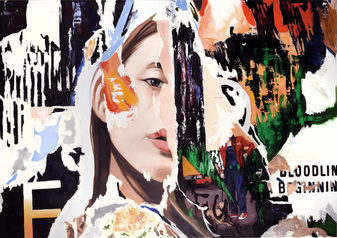
John Grande is a New York City-based painter being show at this year's Scope Miami Beach by noted Swiss Gallery/art, Licht Feld. Grand is a painter whose background informs his work in a way that is fairly unique. His one-time day job making C-prints influenced and influences his work in interesting ways. Many painters who discuss influence from photos are talking about mimicking reality or distorting it. Grande's view is broader.
"I started working at Beth Schiffer's Fine Art Printing Lab right after I graduated from School Of Visual Arts in Manhattan. My experience working as a high end C printer was like going back to school again. When I say 'influenced me' I am talking about knowledge in the art of creating a successful image," he says. "From Color theory to Composition--being able to work side by side with these highly successful photographers I was taking it all in and applying this knowledge to my work and adding it to my foundation of painting."
See Mapanare.us first interview with Fredy Hadorn of Licht Feld HERE.
"This would be my dialogue of how I see and interpret the world around me. I see my self as a sort of visual journalist. A filter," says Grande. "Instead of words I use the the picture to create the story/idea i want to tell in each different body of work."
And the way Grande chooses to bring pop culture into his work is unique and intwined with how he visually builds and structures his paintings.
"Once again adding to the vocabulary of art. How do i take this thing "POP ART" and make it mine in a market that has become saturated with 'POP.' I hope that at the end of the day i am successful." he says.
"When I talk about the "contextual problems” I am referring to an idea and, how do I bringing the idea to conception with in the my photo representational style. Some one once told me 'Just because you can paint don’t paint for pomp and circumstance. Always find a way to add to the vocabulary of art'," he says. "This made me stop and really think about what I was painting and why. Every time I am starting a new This is what i mean by contextual problem. How do my ideas add to the vocabulary of art?"
Grande says the process in creating work is similar through his efforts, differing only in the deployment of that process.
"I always find that there is something that i have done in previous work that i adopt and add it to my technique. My work has an even flow meaning that I through my process I discover new ways to create," says Grande. "I don’t believe in the Lightening bolt idea. I believe it is all about creating work."
The artists work hs been exhibited around the world. Exhibitions include shows in: The USA (New York, Miami, Los Angeles, Washington DC), Korea, Italy, India
and Canada). See his work during Miami Art Week 2017 at Scope Miami Beach.
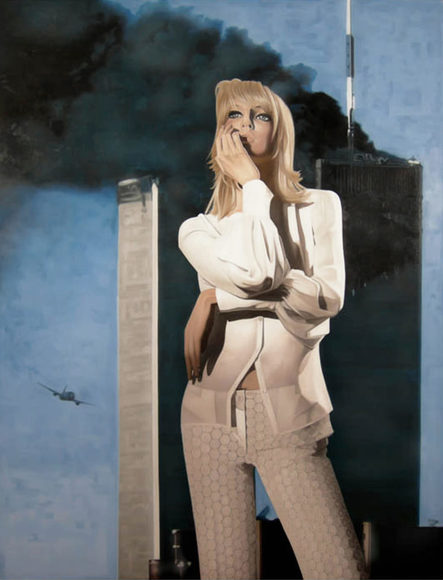

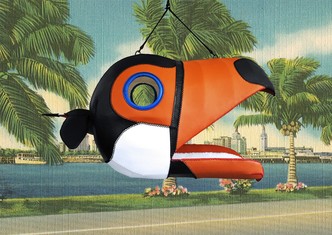
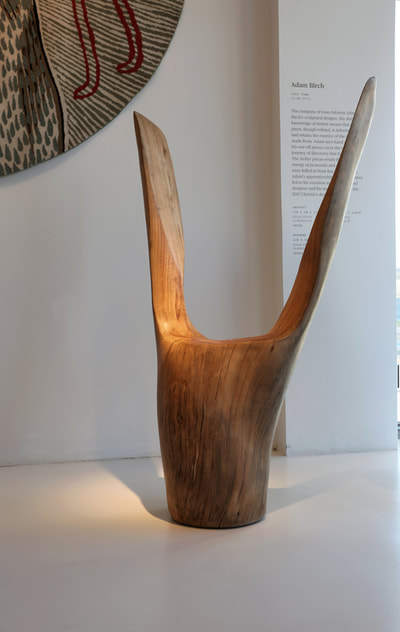
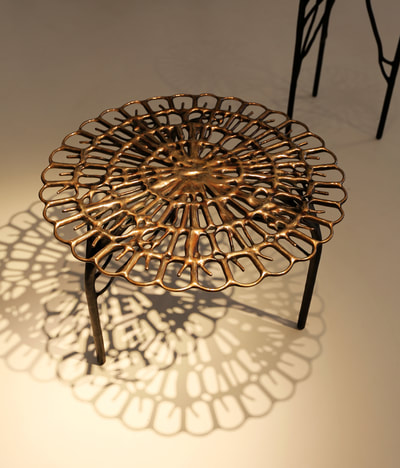

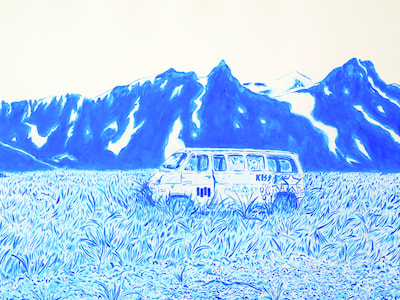

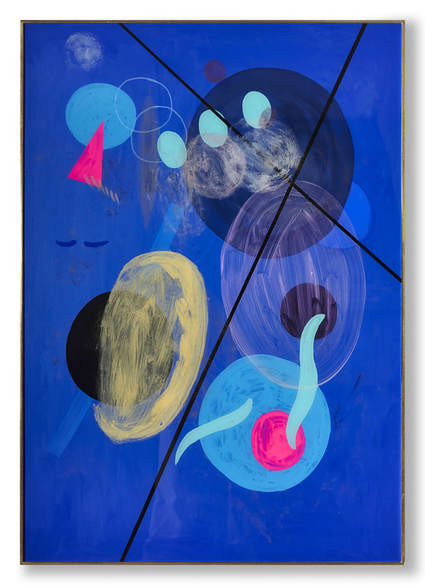
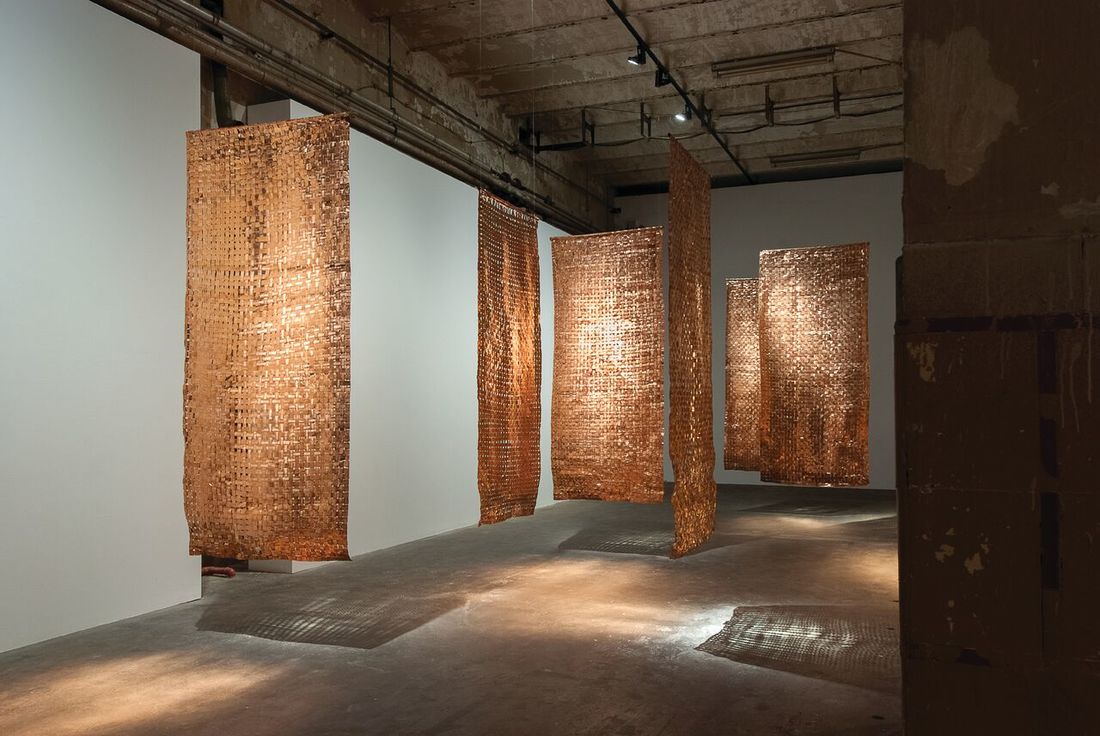
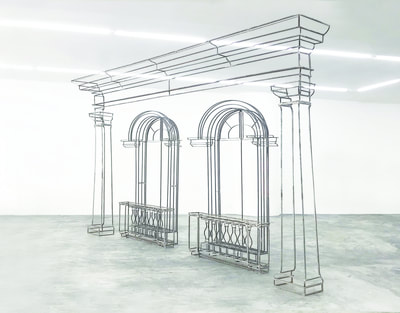
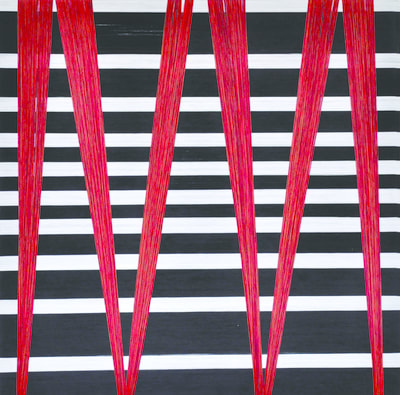
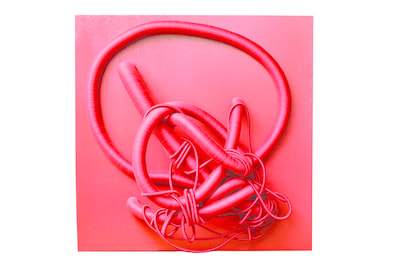
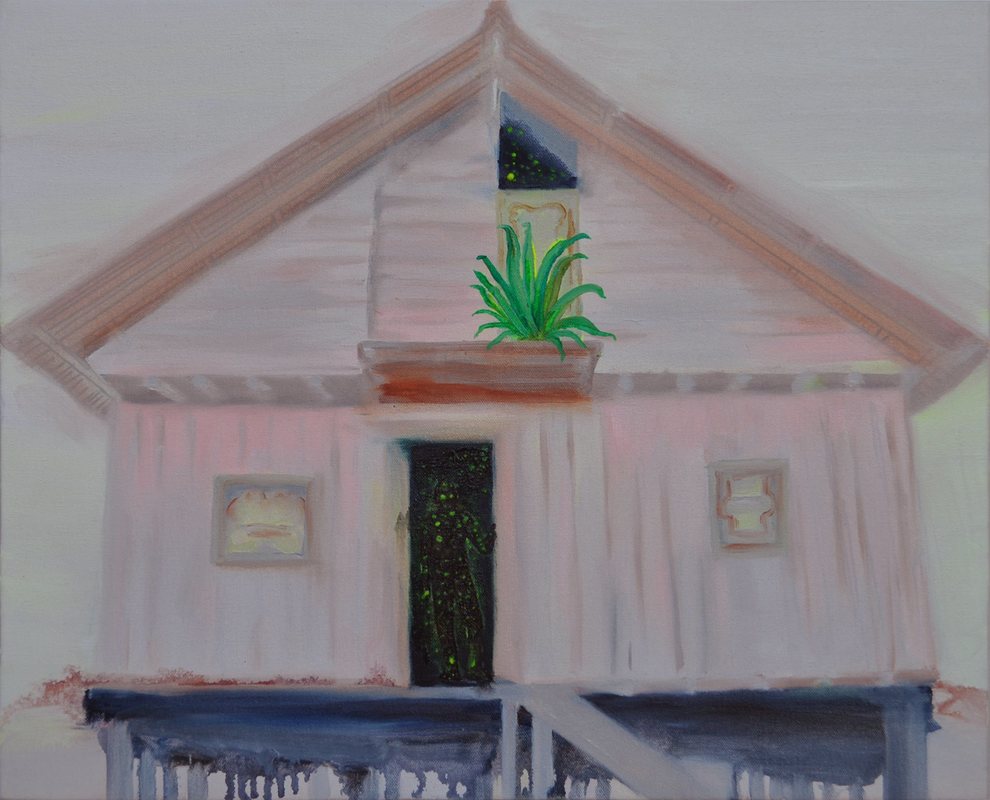
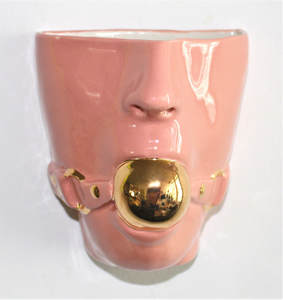
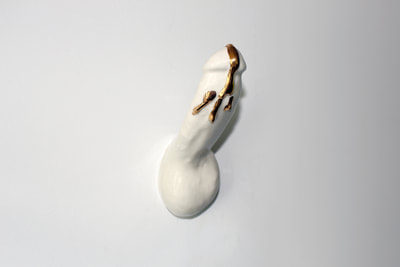
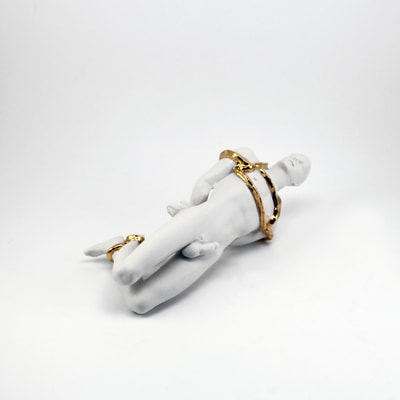
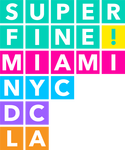

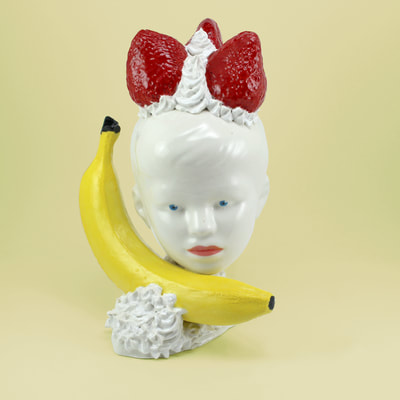
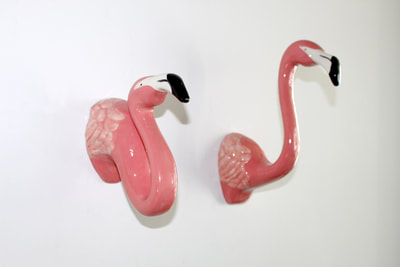
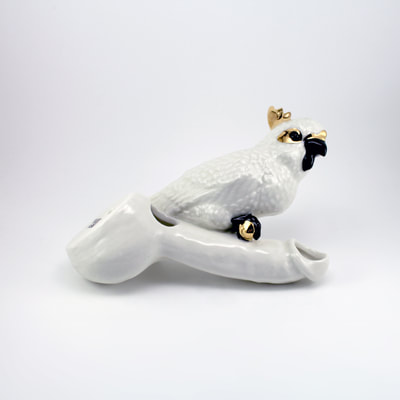
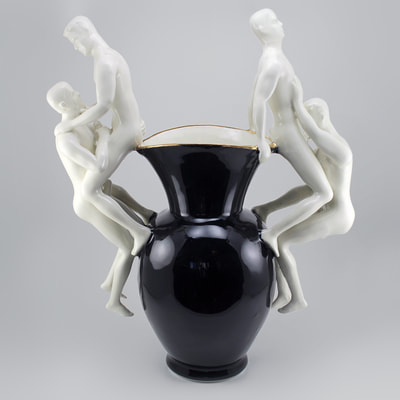
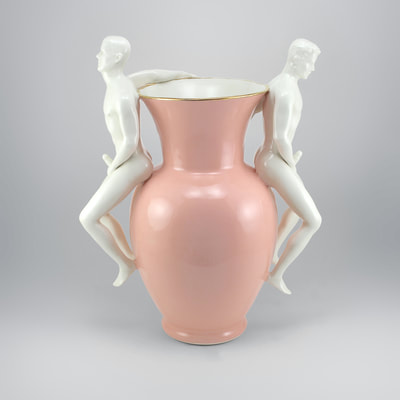
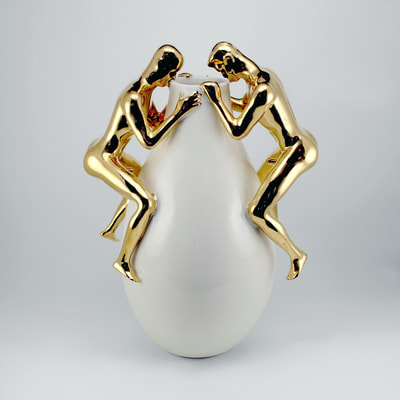
 RSS Feed
RSS Feed